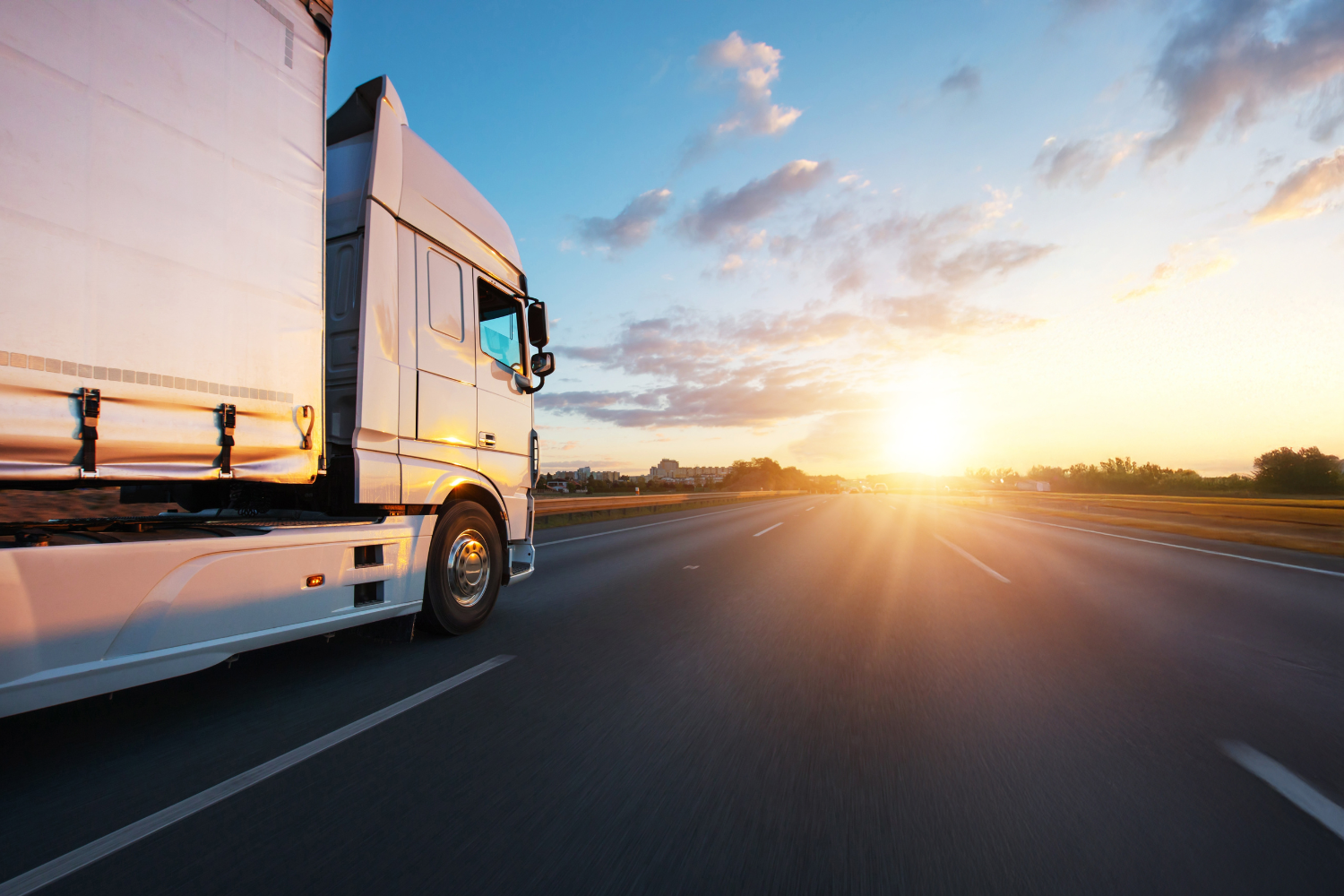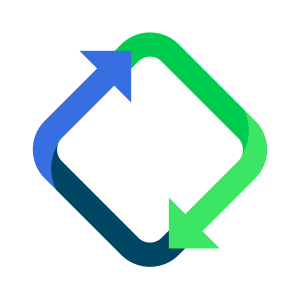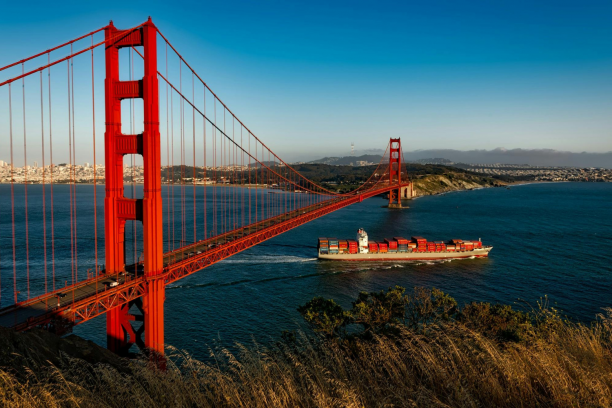FAQ’s on How Technology Powers Accurate Scope 3 Reporting
Scope 3 emissions reporting is challenging due to its complexity. We spoke with the team behind Scope 3 Insights to learn how their platform simplifies it by combining high-performance technology and data collection.
1. What’s the biggest challenge companies face when tracking their Scope 3 emissions today?
The fundamental problem is that while materials move through supply chains in real-time, the data about their environmental impact moves at the speed of paperwork. Companies are stuck using manual spreadsheets and spend-based estimates rather than actual supplier data. They’re making sustainability decisions based on guesswork rather than real operational data.
2. How does Scope 3 Insights solve this data challenge differently?
Scope 3 Insights is a solution that turns logistics operations into live sustainability intelligence. Instead of asking companies to provide their data like other tools, we capture it automatically as operations happen through direct integration with Order Management systems. When a truck picks up 2.3 tons of electronic waste and drives 47 kilometers to a recycling facility, Scope 3 Insights calculates those exact transport emissions and assigns them to the customer account, so no manual entry is required.
3. Can you explain Scope 3 Insights data architecture in simple terms?
Scope 3 Insights operates on material weights, GPS-accurate distances, vehicle types, facility locations, facility energy consumption, treatment processes, and what we call a “Dual-Stream Data Architecture.” Stream 1 captures live operational data automatically pulled from existing logistics systems. Stream 2 gathers data through our smart questionnaire system. When these streams combine, you get complete, accurate, activity-based emissions data across your entire value chain.
4. What makes RLG’s data collection advanced?
Most platforms provide calculation frameworks but force customers to collect their data, leading to inaccurate spend-based estimates. Scope 3 Insights provides both the methodology and the operational data. We’re directly integrated with our Order Management systems, so you get precise emissions data with complete material flow visibility instead of estimates. It’s like the difference between reading about a recipe and having the ingredients delivered to your kitchen.
5. How does Scope 3 Insights handle real-time data processing at scale?
We built Scope 3 Insights on Microsoft Azure’s cloud platform using a microservices architecture with containerised calculation engines. This means the system automatically scales during peak reporting periods, dashboards load in under 3 seconds and guarantees 99.99% availability. Our event-driven processing handles multiple simultaneous data streams while maintaining API response times under 500 milliseconds.
6. Getting data from suppliers is notoriously tricky. How has Scope 3 Insights solved this?
Traditional approaches burden suppliers with complex spreadsheets and technical jargon. We use progressive disclosure design, and information is presented in bite-sized, logical sections so suppliers aren’t overwhelmed. They’re guided through a conversation about their operations rather than faced with an intimidating technical form.
7. How do your supplier questionnaires combine usability with data quality?
Our questionnaires are designed for ease and accuracy. Real-time validation catches errors instantly, while multilingual, device-friendly interfaces and partial-save features let suppliers complete forms anytime, anywhere. Contextual guidance makes each step clear. At the same time, built-in checks on data types and ranges ensure submissions are accurate and ready for emissions calculations. It’s more than software; it’s innovative supplier relationship management.
8. What enterprise-grade capabilities does Scope 3 Insights offer?
Scope 3 Insights is built on Microsoft Azure with ISO 27001-certified security management, GDPR compliant by design, and end-to-end encryption for all data. We offer API-first architecture for seamless integration with existing sustainability and ERP systems. The platform includes role-based access control, automated data lineage for audit trails, and automated scaling that handles peak reporting demands without performance degradation.
9. How does Scope 3 Insights transform raw data into actionable insights?
We use Microsoft Power BI analytics to transform emissions data into strategic intelligence. With just a few clicks, users can drill down from total emissions to specific materials, suppliers, or periods. Our supplier benchmarking feature compares performance across emissions intensity and recycling rates. The scenario modeling capability lets you test “what-if” situations like shifting 20% more material to mechanical recycling and see the impact of emissions before making operational changes.
10. What about system reliability and disaster recovery?
Scope 3 Insights maintains 99.99% availability through Azure’s global infrastructure with active-passive disaster recovery. We use geo-redundant storage and automated failover scripts, and we maintain a recovery time objective of 4 hours with near-zero data loss. Regular disaster recovery drills ensure we’re always prepared, and our hybrid architecture ensures business continuity even during cloud connectivity issues.
11. What’s the return on investment for implementing Scope 3 Insights?
Scope 3 Insights delivers value across three dimensions. Compliance ROI includes avoiding potential fines in CSRD non-compliance and reducing audit costs through automated reporting. Operational ROI comes from identifying emission reduction opportunities and optimizing logistics routes using real-time data. Strategic ROI includes meeting investor ESG requirements and winning sustainability-focused tenders with comprehensive Scope 3 reporting.
12. In one statement, why should organizations choose Scope 3 Insights?
Scope 3 Insights is a platform that combines real-time operational data, waste management expertise, and enterprise-grade technology to transform Scope 3 compliance from a regulatory burden into a competitive advantage. It delivers the precise, auditable emissions data that CSRD requires while enabling the strategic insights to drive meaningful decarbonization and business value.









